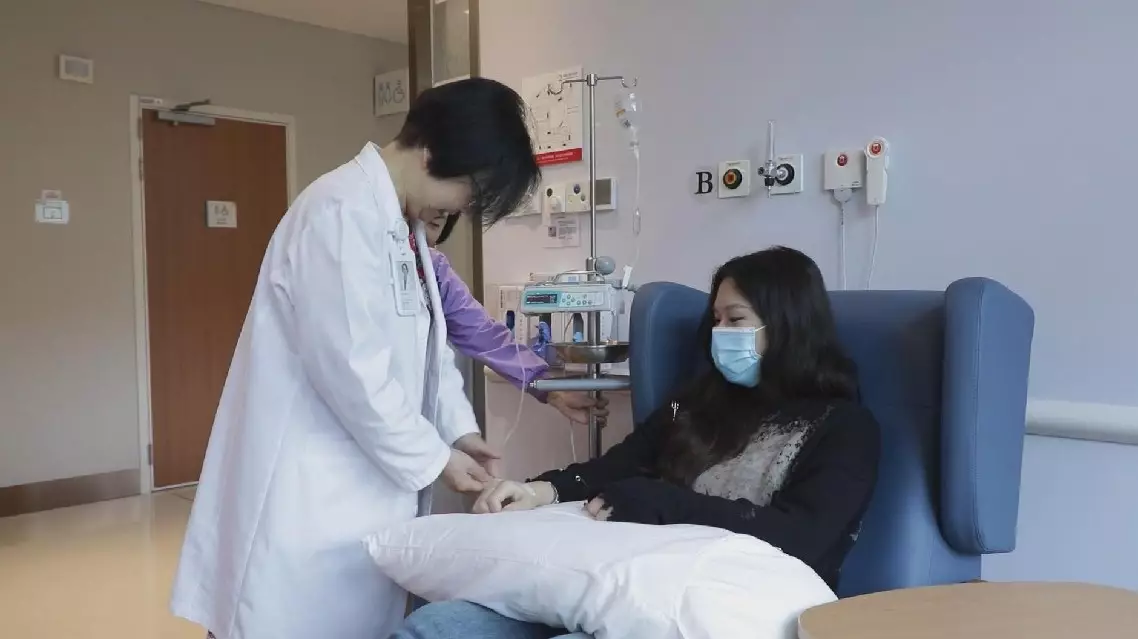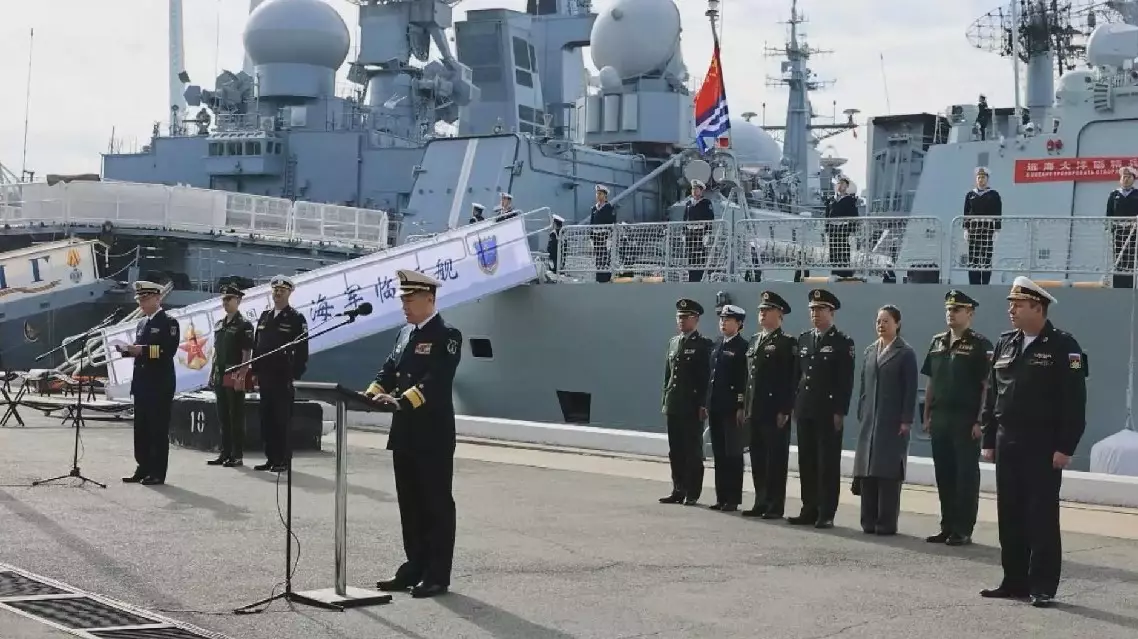China's decision to further open its medical sector to foreign investment is expected to catalyze capital inflow and introduce more high-end medicines and technologies to Chinese patients.
In early September, China's Ministry of Commerce, the National Health Commission, and the National Medical Products Administration issued a joint statement to launch pilot projects aimed at increasing openness in the medical sector. The projects focus on advancing trials in biopharmaceuticals and establishing wholly foreign-owned hospitals.
United Family Healthcare (UFH), one of China's first Sino-foreign joint venture hospitals, currently operates 10 hospitals and 26 clinics in cities such as Beijing, Shanghai, Guangzhou, and Shenzhen. In the past four years alone, UFH has established three new hospitals in China.
According to its founder, Roberta Lipson, the plans allow for more flexible and rapid investment decisions.
"We have big plans to continue investment and these new regulations will allow us to be even more flexible and more speedy on our investment decisions," said Lipson.
Lipson also stated that the opening-up pilot projects in the medical sector, which allow foreign-invested enterprises to research and develop technologies focused on human stem cells, gene diagnosis, and treatment within the pilot free trade zones in Beijing, Shanghai, Guangdong province, and the Hainan Free Trade Port, enable patients with rare diseases and complex conditions to access cutting-edge drugs and therapies locally.
"For certain of these therapies, we had to send our patients to foreign countries to get access to. And now we believe, with the new policy, we'll be able to use those therapies for our patients here in China," said Lipson.
Contrary to common misconceptions, wholly foreign-owned hospitals are not synonymous with overpriced healthcare facilities.
As an international hospital, Shanghai Jiahui Hospital not only participates in the city's medical insurance program but also supports more than 60 commercial insurance providers.
With the implementation of the opening-up pilot projects, wholly foreign-owned hospitals can bring in more advanced international drugs, therapies, and talent, providing patients in China with diversified treatment options while also elevating the overall level of medical care.
"In terms of cutting-edge drugs, equipment, and technologies, we look forward to more supportive policies being rolled out, allowing qualified hospitals to conduct pilot projects, bringing more new concepts and therapies to China, and truly achieving seamless integration with the international community," said John K. Hsiang, chairman of the executive committee of Jiahui Health.

China's plan to open up medical sector set to attract foreign investment, bring high-end services to patients









